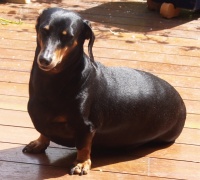Learn Care for Pets?

A sound introduction to caring for a wide variety of different of different pets. Covers dogs, cats, fish, birds, rabbits, rodents, reptiles and amphibians. The course was developed and is tutored by highly qualified and experienced professionals including Veterinary Surgeon,s a former wildlife park manager, and university lecturers.This course is a great introduction to the care of a wide variety of different pets.